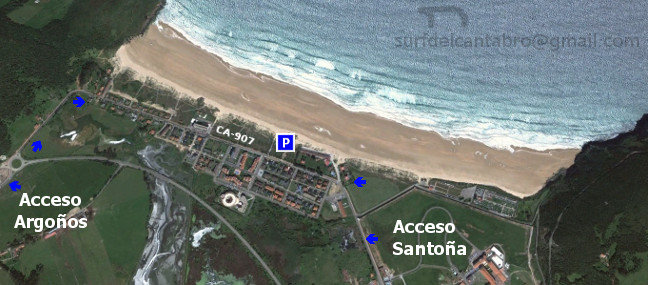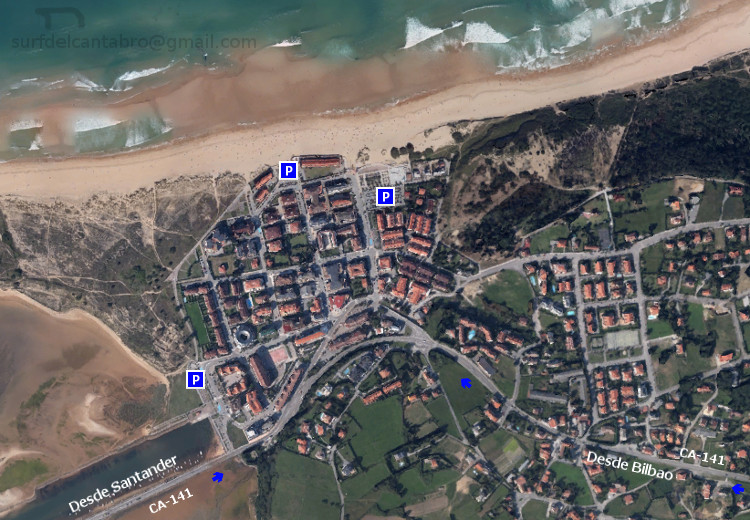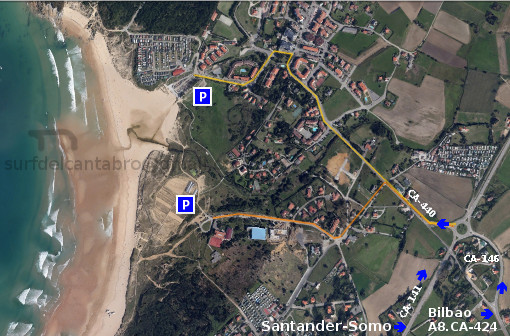Olas, orígen y definición
![]() Las olas se forman por la efecto del viento sobre la superficie de las aguas. A diferencia de las mareas o las corrientes la formación de las olas es un movimiento irregular. La intensidad del viento determina la magnitud de las olas.
Las olas se forman por la efecto del viento sobre la superficie de las aguas. A diferencia de las mareas o las corrientes la formación de las olas es un movimiento irregular. La intensidad del viento determina la magnitud de las olas.
En una ola se distinguen las siguientes partes : la amplitud, que es la diferencia de nivel entre la parte más alta (cresta de la ola) y la más baja (valle); la longitud, que es la distancia horizontal entre dos crestas o dos valles sucesivos, y el período, que es un concepto temporal determinado por el tiempo entre el paso de dos crestas sucesivas por el mismo punto.
La amplitud (altura) y la longitud de la ola dependen de tres factores: la fuerza del viento, el tiempo de actividad de este y la distancia que la ola ha recorrido. Estas dos características de las olas están a su vez condicionadas por el mar en el que se producen, pues la profundidad del mar afecta a su altura y amplitud absorvíendo parte de la energía que la ola transporta y que se pierde al contacto con el fondo marino. Por ejemplo las olas en el Mar Mediterráneo no superan normalmente los 4 metros, sin embargo en la costa del Atlántico que baña España y Portugal las olas superan los 10 metros en condiciones normales y en ciertos puntos de la costa.
![]()
Waves, origin and definition
![]() The waves are formed by the effect of the wind on the surface of the water. Unlike the tides or currents wave formation is an irregular movement. The intensity of the wind determines the magnitude of the waves.
The waves are formed by the effect of the wind on the surface of the water. Unlike the tides or currents wave formation is an irregular movement. The intensity of the wind determines the magnitude of the waves.
In a wave are distinguished the following parties: the amplitude, which is the difference in level between the top (crest of the wave) and the lowest (valley); the length, which is the horizontal distance between two crests or two successive valleys, and the period, which is a temporary concept determined by the time between the passage of two successive ridge by the same point.
The amplitude (height) and the length of the wave depends on three factors: the strength of the wind, the uptime of this and the distance that the wave has come. These two features of the waves are in turn influenced by the sea in which they are produced, because the depth of the sea affects its height and length taking part of the energy that the wave carries and that will be lost when meets with the seabed. For example the waves in the Mediterranean Sea not normally exceed 4 meters, however on the Atlantic coast that hits Spain and Portugal the waves exceeding 10 meters in normal conditions and in certain points on the coast.
![]()


















